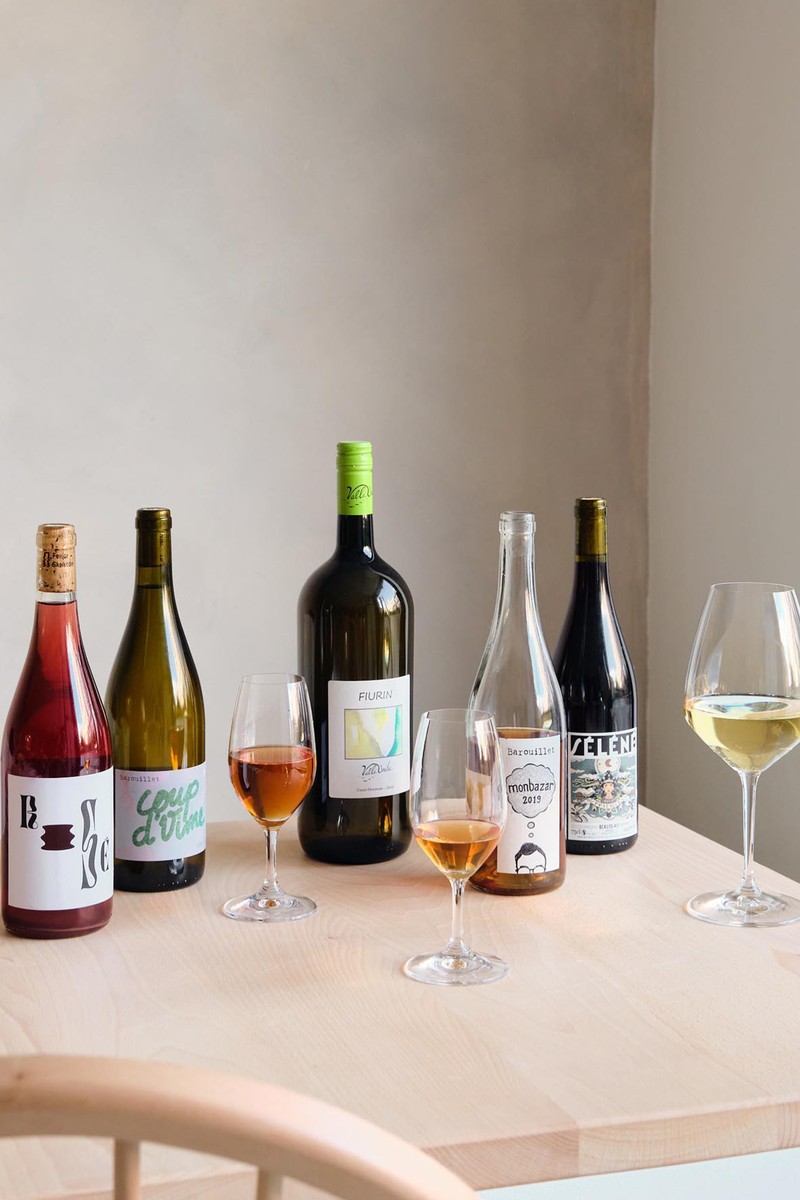A Wine Expert Shares Her Favourite Bottles, Vineyards & Bars
I discovered my love of wine when I worked in hospitality at university. My parents didn’t drink very much when I was younger, but I loved learning about the different types and varieties, and how an amazing bottle can elevate a dish. My interest then lay dormant; the world of wine back then was dominated by traditional wine presenters and writers – who were mostly older, posh men – so I wasn’t sure if it was an industry for me. A few years on, I slipped into it naturally. I was always the person who chose the wine on a date, or saved up to buy a nice bottle for pre-drinks. In lockdown, I finally got my qualifications and started posting my recommendations on social media. I think people related to the way I spoke about wine, so I decided to start in-person events.
I’ve always been drawn to sparkling wine. We didn’t grow up with much money, so sparkling wine was such a treat. When I was starting out, I drank a lot of Prosecco (the UK drinks the most outside of Italy) and I became interested in how it was made. Then I discovered light red wine, like cabernet franc, which I still love, and chardonnay. I’ve noticed an interesting shift over the last five years or so as young people have started to take more interest in wine and how it's made. It’s partly due to the natural wine movement; the language is easier to understand and there’s this millennial desire to understand its provenance. Lockdown also brought our drinking into sharper focus, and a lot of people decided to learn about it then.
My favourite type of wine is probably Burgundy. The region in France is a favourite among wine nerds because it has lots of specific vineyards with a huge variety of grapes. There’s a new wave of producers over there shaking things up, including Domaine Goisot, one of my favourite producers right now. Domaine is located in the region of Saint-Bris, which lies between Chablis and Auxerre. It makes wines from sauvignon blanc (an oddity for Burgundy), chardonnay and aligoté. Aligoté which is often seen as a lesser grape in Burgundy, but Domaine Gorsot’s aligoté wines are amazing.
A new bottle I’m loving right now is Arianna Occhipinti’s SP68 Bianco. Arianna is an Italian winemaker from southern Sicily, and I served this wine at my Dalston Wine Club event last week. Perfect for anyone with White Lotus withdrawals, the wines made around Mount Etna have this amazing tension and tend to be very focused. I love that the UK is importing more wines by female winemakers, particularly by those who have been making wines for generations. I first tried this in Marseille with my partner and it was perfection.
For a dinner party, I’d bring a Greek wine. Greece is producing some amazing red and whites right now. For a red that’s sumptuous and ethereal, but with a nice structure, I’d bring a xinomavro. If you prefer white, assyrtiko is incredibly popular right now – it’s delicious and you can tell it’s made on the Greek islands. A great alterative if you’re a fan of Chablis. Both are a bit different so they’re good conversation starters, which is exactly what you want at a dinner party. You can find great Greek wine at Majestic or specialist bottle shops like Shrine to the Vine in the West End, which is run by the Noble Rot guys. At home, I’d serve a juicy Sancerre. It’s good to start off the evening with something fruity and light as you don’t want to weigh people’s palettes down with something that’s too heavy or tannic early on.
Pinot noir is my go-to for a chilled evening at home. I’ve been trying lots of bottles from outside Burgundy – the homeland of pinot noir – as it also works in some unexpected places around the world, like Oregon, California and New Zealand, which has just started importing pinot noir to the UK from a brand called Akitu, which is great.
For a girls night I’d serve Bourgogne Blanc Côtes Salines by Emile Wines. It’s great value and a crowd-pleasing bottle, so I’d start with that before moving onto a wine from the Rhône to enjoy with dinner. Cuvée des Galets is a great-value Côtes du Rhône which is available at most bottle shops.
I’m a big advocate of drinking rosé year-round. There’s always a time and place for Whispering Angel or Mirabeau, those rosés tend to be quite mineral heavy, which is better suited for the hot summer months. Good rosé can be made from many red grapes, so there’s a variety of wines to be enjoyed outside of the summer months. People tend to associate darker rosés with the cheaper stuff, but there are some great varieties from the Czech Republic, for example. Austrian rosé – often made from blaufränkisch or zweigelt grapes – is also delicious.
Special occasions always call for champagne. People are starting to cotton on that you can get decent Champagne outside of the big houses and brands. That said, my favourite is Veuve Clicquot’s La Grande Dame. It’s a great wine to become familiar with as Veuve Clicquot makes its staple rosé and yellow label every year from a blend of vintages from different harvests to achieve its unique style. When it has a really special vintage, it makes the wine from those grapes only – this is La Grande Dame.
I used to think dessert wines were a bit stuffy but I’m really into them now. I recently had a delicious chenin blanc blend. For a curveball, I discovered Utopia’s Ice Cider – it’s like drinking a tarte tatin. Perfect with an apple-based pudding.
One British producer I’m loving at the moment is Langham. I’m big into grower champagnes and they could definitely be considered the UK equivalent. Tommy Grimshaw is a young winemaker who’s making delicious English sparkling wines from his vineyard in Dorset. If you did a blind tasting with champagne, you wouldn’t be able to taste the difference, and you might even prefer it! Three courses at its restaurant cost about £35 which is excellent value for the quality. Rathfinny is another favourite for English sparklers. You can stay in its flint barns and try seasonal dishes at the restaurant which surpassed my expectations on a recent trip. Black Chalk is also producing interesting wines, and I love urban wineries in London like Renegade and Blackbook.
Aldi and Lidl have great wine selections. Of course, it’s important to support local bottle shops and businesses, but the supermarkets do the trick before pay day. People forget that their wine buyers are incredibly qualified. Aldi has a particularly good range at the moment and is importing wines from cool places. At the other end of the spectrum, I’d happily splurge money on a great burgundy. Sylvain Pataille creates excellent wines and I’m keen to try his Marsannay Rouge, which is about £50.
I have a lot of time for non-alcoholic wine. Ones that have been de-alcoholised can sometimes be a bit sickly sweet because you don’t have that alcohol burn. However, Blurred Vines does the opposite and makes a blend of teas with different botanicals and extracts. It adds a chilli oil to mimic that alcohol burn – it’s one of the most exciting alternatives. I also rate Wednesday’s Domaine which makes bottles with a good amount of acidity.
One of my favourite bottle shops is Eline in Hoxton. It’s connected to the restaurant which has an incredible range. I also love my friends at Emile Wines which delivers nationwide. Berry Bros & Rudd in St James’s is one of the UK’s oldest wine shops and has a great selection of affordable wines, like its cremant de Limoux which starts from about £13.
My go-to cocktail is a pickle martini. I’ve just started making these at home as I love pickles and always have lots of brine left over. I always have a bottle of Absolut Elyx ready in the freezer. I love drinks with acidity, so anything lemony with a bit of sugar hits the spot. I’m also obsessed with the Soho Mule at Soho House – I just got back from Paris where I had quite a few.
My favourite cocktail bar is Satan’s Whiskers on Cambridge Heath Road. I’m fortunate to live nearby as it’s a really intimate space with cool playlists (mostly US rap) and the team genuinely love what they do. You can give them four ingredients and they’ll make a killer drink with them. In terms of wine bars, Bar Crispin by Carnaby Street is one of my favourites, the cocktails are always great, as are the bar snacks.
The Draper’s Arms in Islington has one of the best wine lists of any restaurant in London. It’s a gastropub with lots of hearty meals and the owner Nick has a real curiosity for world wines. The wine list is incredible, and the markup is minimal – it’s a hidden gem for wine lovers. I also must mention Planque in Haggerston, a wine members club with an emphasis on low-intervention wines. It’s a gorgeous spot.
My favourite date-night spot is The Tent (at the End of the Universe). John Javier’s food is always exceptional and there’s a small wine list. The restaurant is dimly lit so you can gaze into your date’s eyes, and there’s always a great DJ playing chilled-out music. You’re not allowed to take any pictures, so it feels romantic.
My death row meal would start with lobster rolls and avocado. I’d then have a massive bowl of noodle soup with a delicious opaque broth with lots of greens, chicken and crispy pork; followed by a lemon tart with a torched meringue for dessert. Drinks wise, I’d have a glass of white burgundy, a Saint-Aubin and an off-dry Riesling (great with spicy dishes). To finish, I’d have a vintage Champagne – I was lucky enough to try a vintage rosé Dom Perignon when I stayed at Château de Ferrand back in October, so a glass of that would be perfect.
Follow @HannahCrosbie & visit HannahCrosbie.com for tickets to the next Dalston Wine Club.
Feeling Inspired? Shop Hannah's Favourites Below
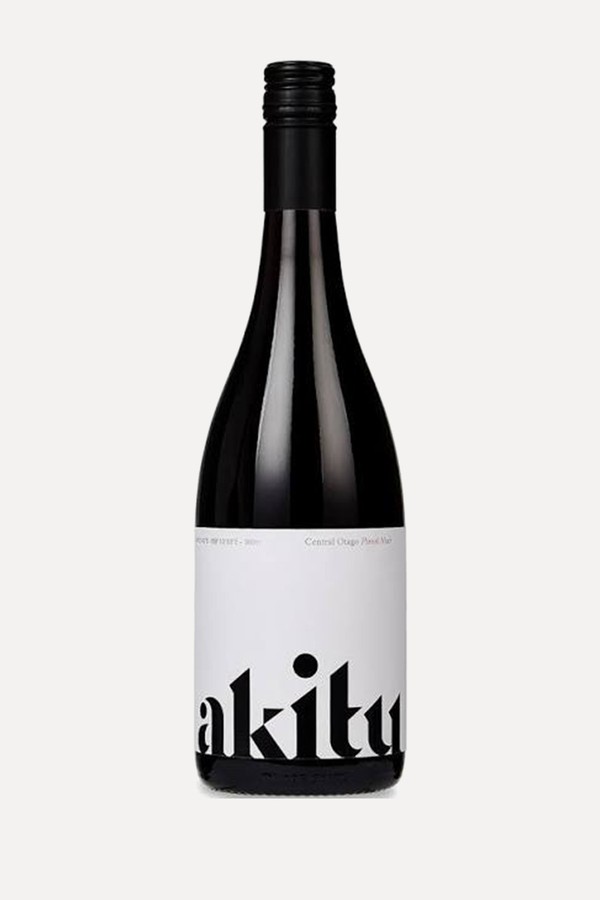
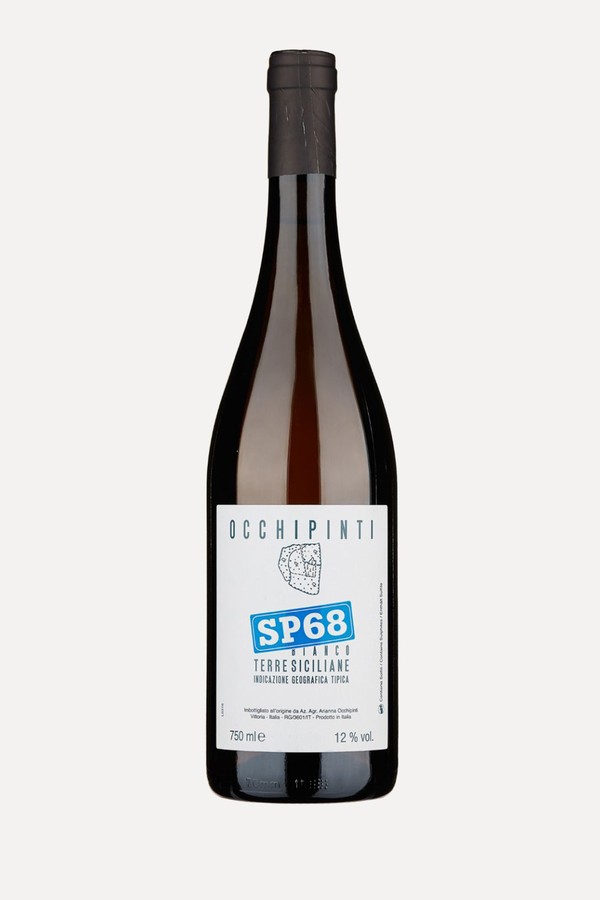
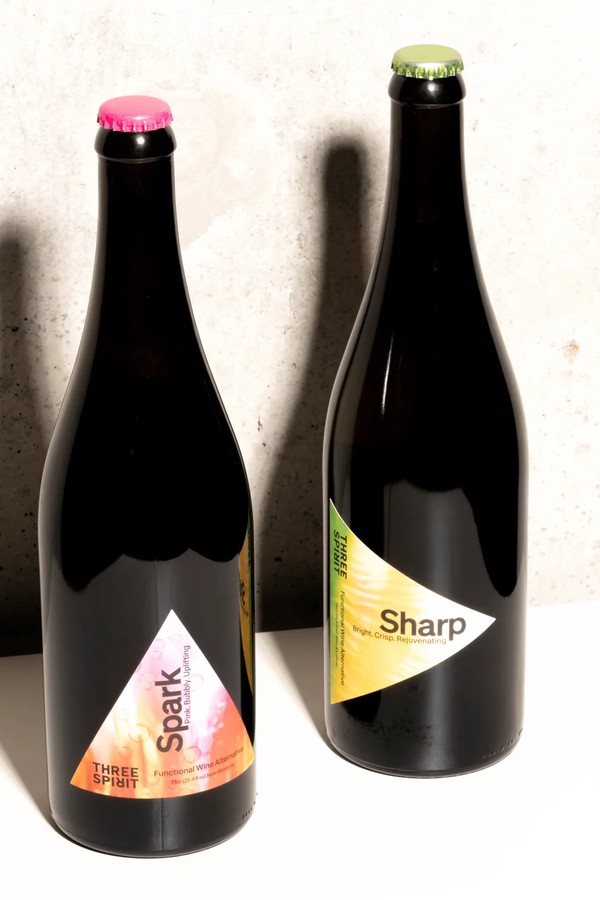
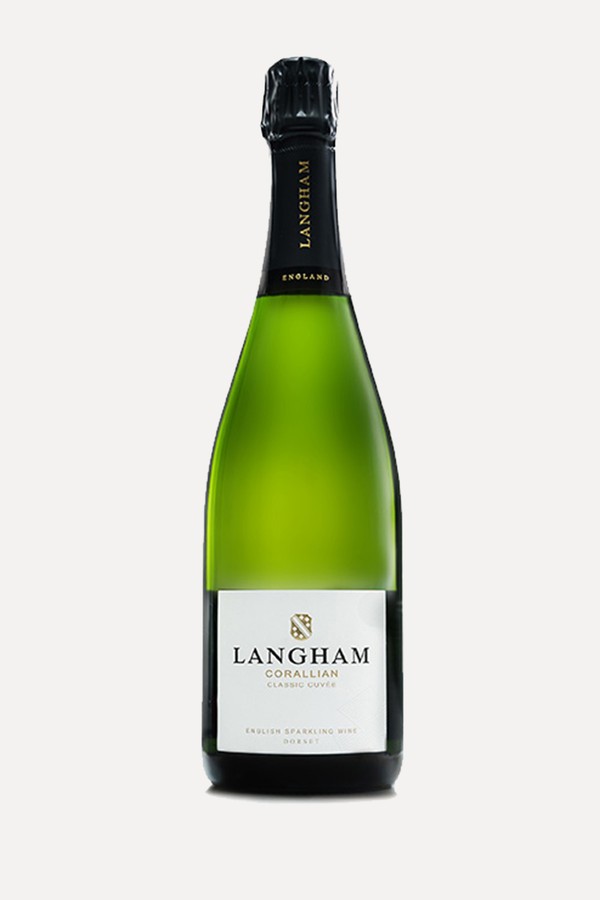
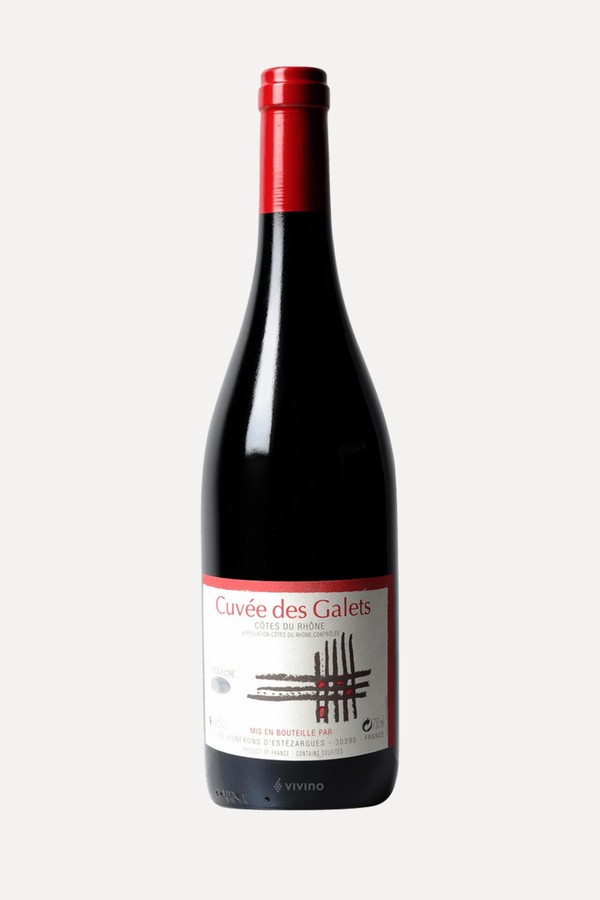
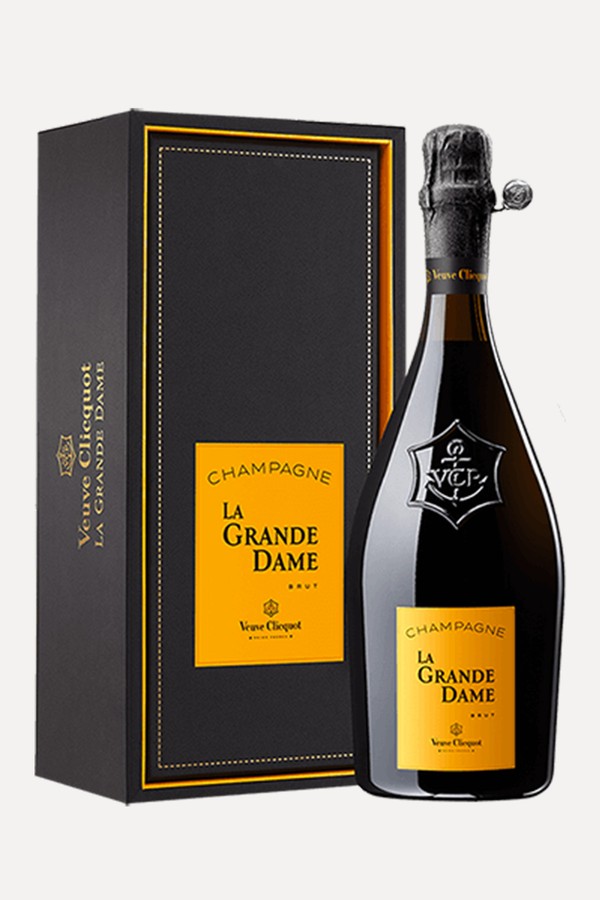
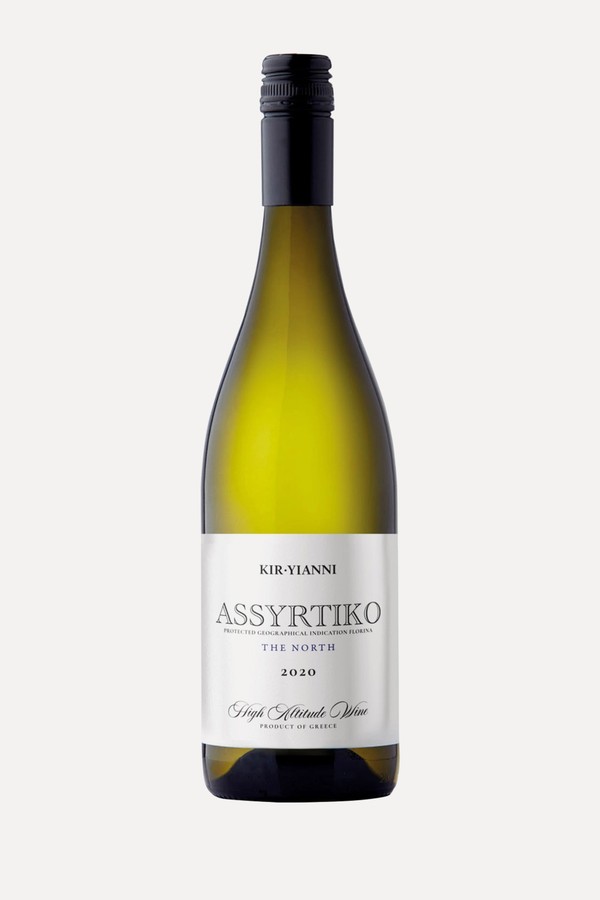
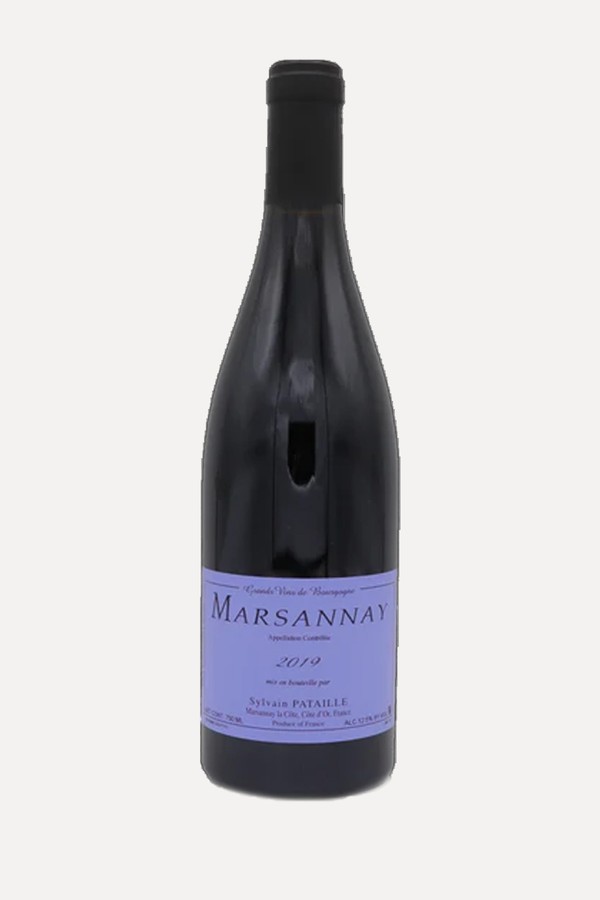

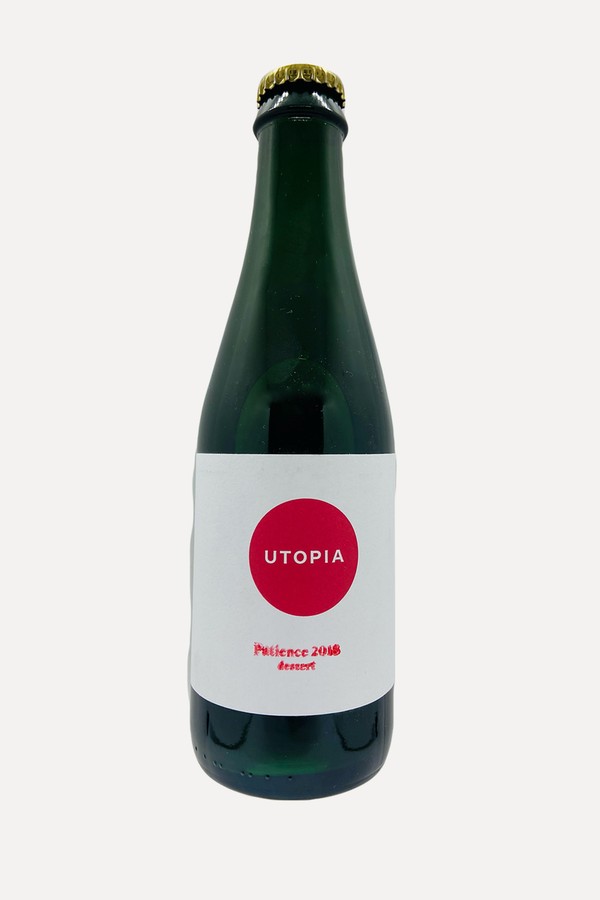

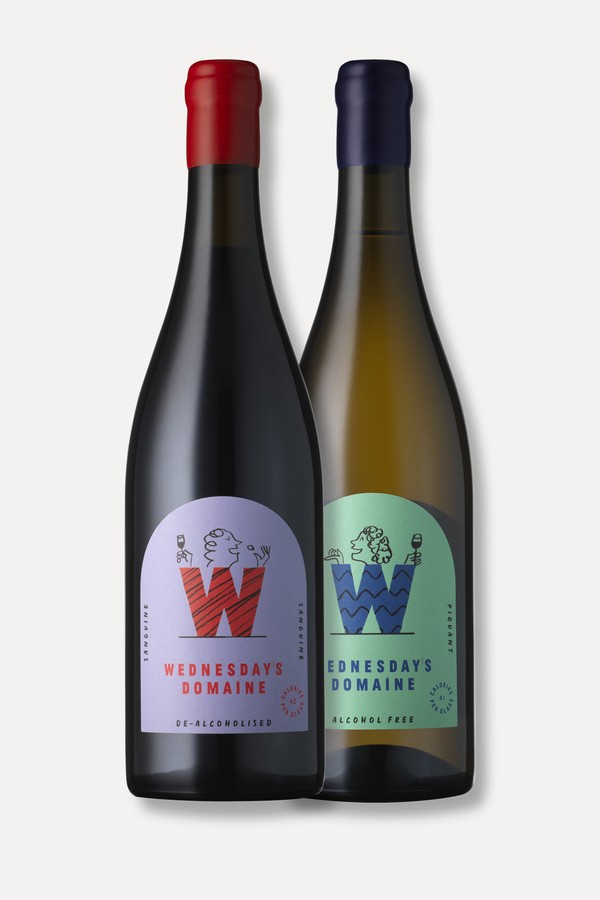
DISCLAIMER: We endeavour to always credit the correct original source of every image we use. If you think a credit may be incorrect, please contact us at info@sheerluxe.com.
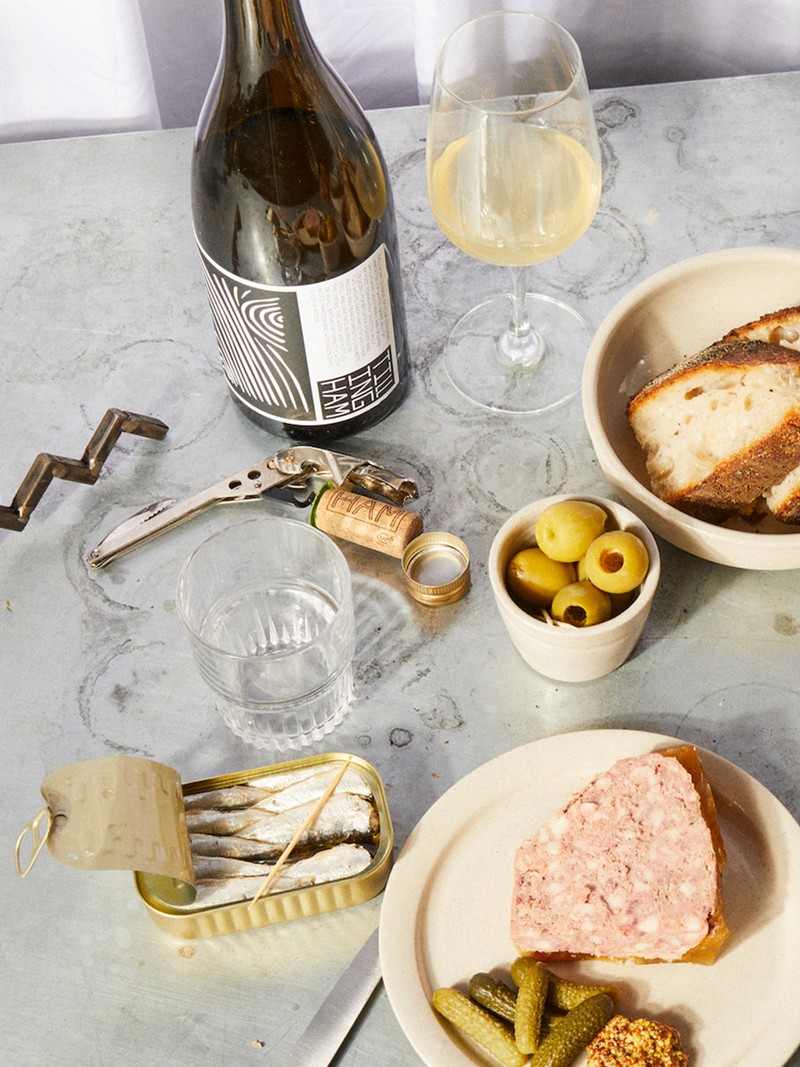
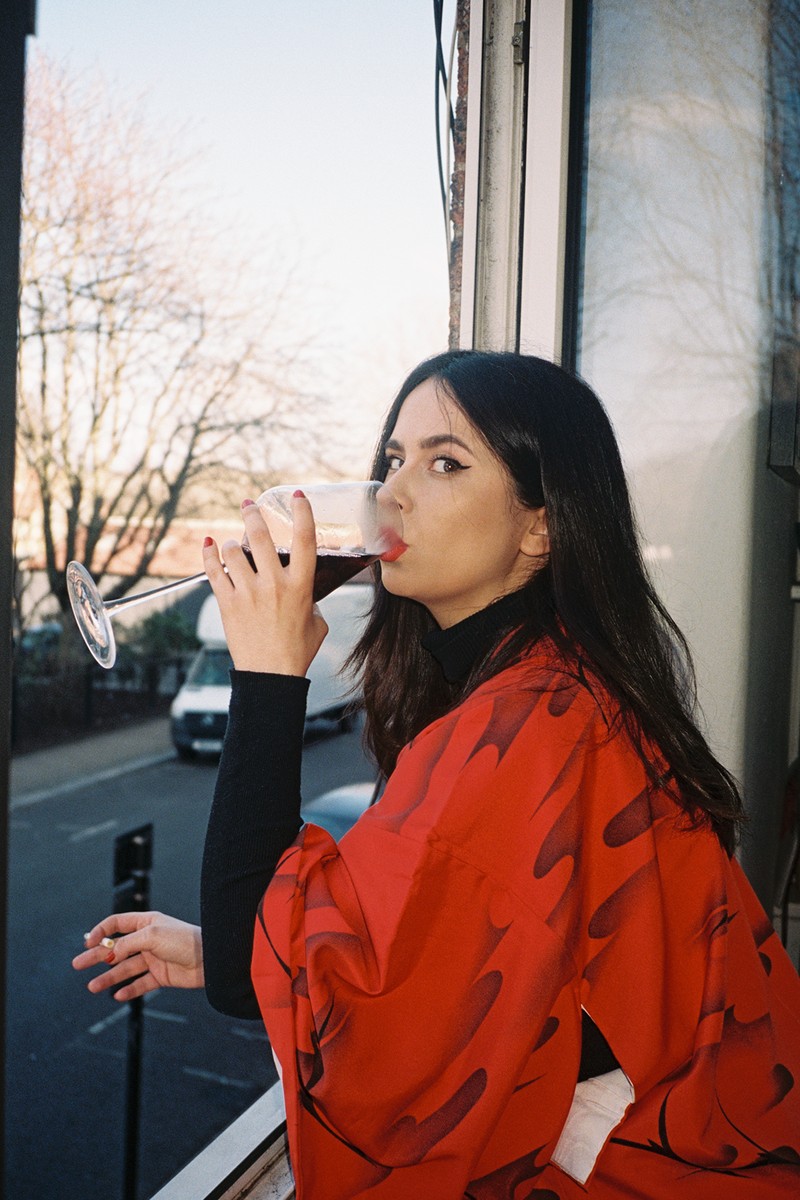
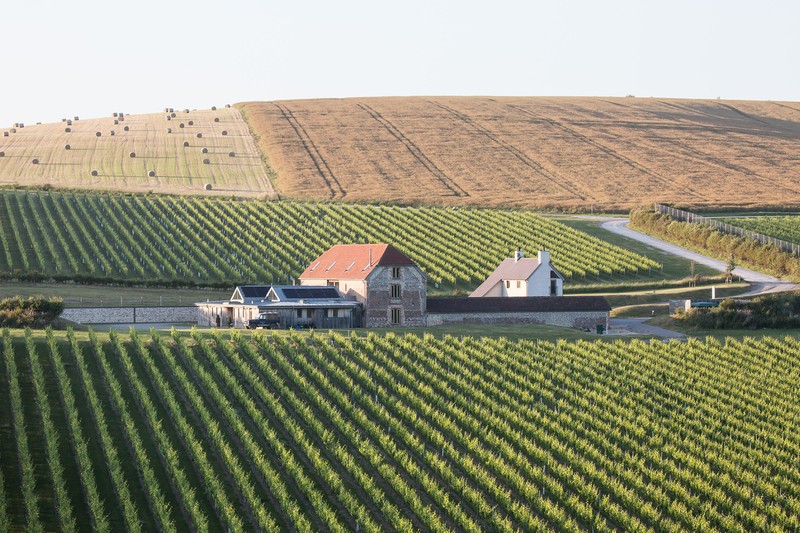

/https%3A%2F%2Fsw18.sheerluxe.com%2Fsites%2Fsheerluxe%2Ffiles%2Farticles%2F2023%2F02%2Fnew-my-life-wine-tent.png?itok=HHqjhk48)
/https%3A%2F%2Fsw18.sheerluxe.com%2Fsites%2Fsheerluxe%2Ffiles%2Farticles%2F2023%2F02%2Fmy-life-wine-drapers-arms.png?itok=Wp1nYLU6)
